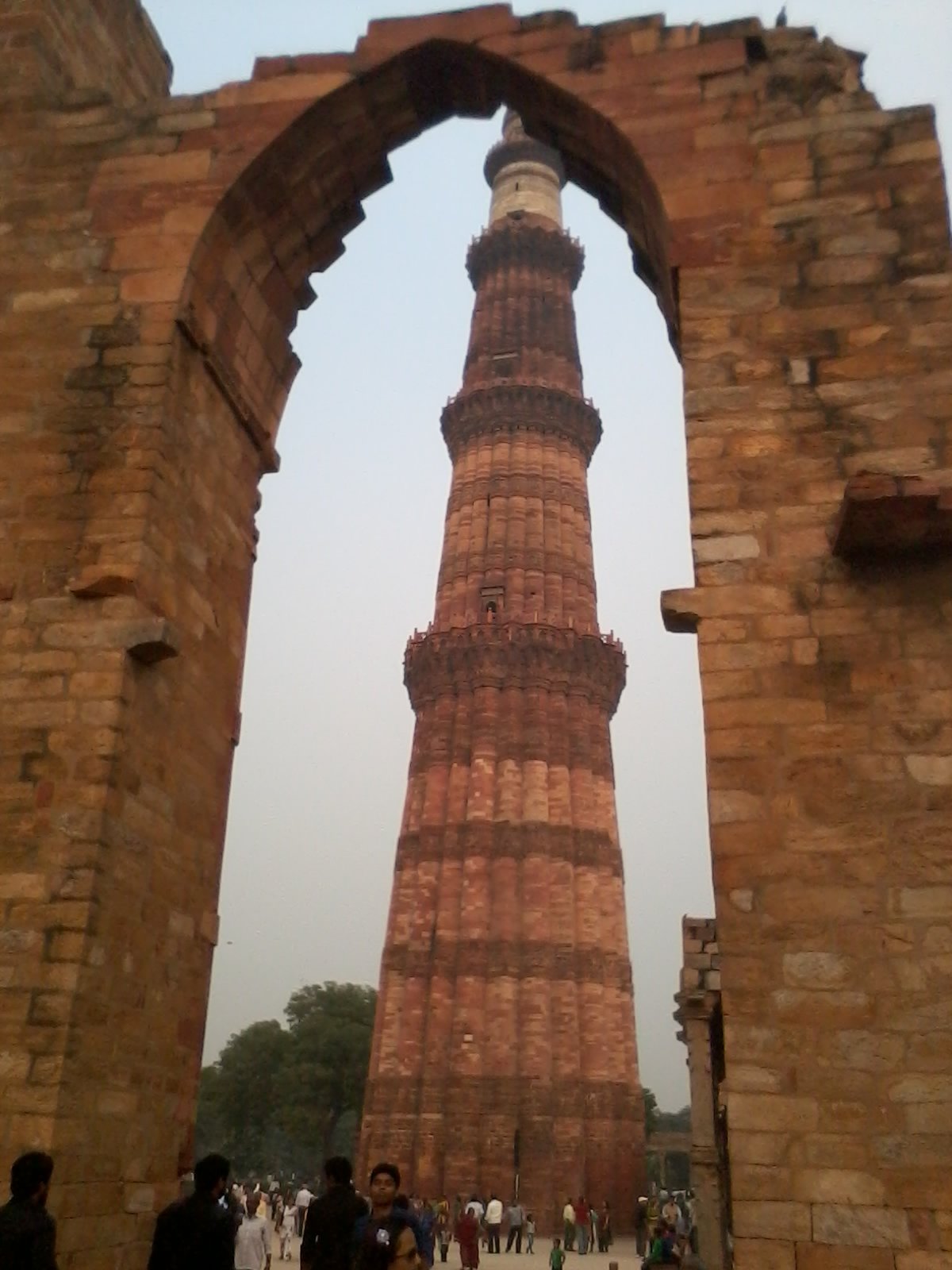The Delhi Sultanate was a Muslim monarchy that ruled over parts of the Indian subcontinent between the 13th and 16th centuries. In 1206 CE, Qutb-ud-din Aibak, a Turkish slave general of the Ghurid dynasty, created it following the fall of the last Hindu dynasty in northern India.
Dynasties : The Delhi Sultanate was ruled by various dynasties, such as the Mamluk, Khalji, Tughlaq, Sayyid, and Lodi. Each dynasty’s rulers shaped the Sultanate’s government, culture, and architecture.
Administration : The Delhi Sultanate had a centralized administration, with the Sultan holding paramount authority. The Sultan received advice from a council of ministers and court officials.
The kingdom was divided into “iqtas,” each controlled by a governor selected by the Sultan. The Sultanate also maintained a well-organized revenue system.
Expansion and Conquests : The Delhi Sultanate extended their area through military conquests. Early sultans, like Qutb-ud-din Aibak and Iltutmish, ruled over present-day Pakistan, Punjab, and northern India. The Khalji Dynasty, led by Alauddin Khalji, expanded the Sultanate’s frontiers to encompass much of Central and Southern India.
Background of the Establishment of the Delhi Sultanate
The establishment of the Delhi Sultanate in the 13th century CE can be understood in the
context of the political and historical developments that took place in the Indian
subcontinent.
The Arab conquest of Sindh : The Arab conquest of Sindh in 711 AD, headed by Muhammad bin Qasim, was a significant event in South Asian history. Raja Dahir, the local monarch, was defeated, resulting in the capture of Sindh. This event contributed to the expansion of Islam in the Indian subcontinent, influencing its cultural and religious landscape. Although Arab control in Sindh was brief, it laid the path for future Muslim empires and had a lasting mark on the region’s history.
Invasion by Ghazni : Between 1000 and 1026 AD, Mahmud of Ghazni launched a series of military battles in South Asia. Mahmud desired wealth, targeted Hindu shrines, and promoted Islam. His victories, such as the sack of Somnath in 1026, had a significant impact on the Indian subcontinent, shaping its political and cultural development during the medieval period. Mahmud’s expeditions helped establish the Ghaznavid Empire as a major force in the region.
Ghurid Invasions : The Ghurid Empire, based in present-day Afghanistan, launched a series
of invasions into northern India in the late 12th and early 13th centuries. These invasions
were led by Ghurid generals, including Qutb-ud-din Aibak. The Ghurids aimed to expand
their empire and establish Muslim rule in India.
Fall of Prithviraj Chauhan : One of the key events that paved the way for the establishment
of the Delhi Sultanate was the defeat of Prithviraj Chauhan, the last Hindu ruler of Delhi,
in the Second Battle of Tarain in 1192 CE. Qutb-ud-din Aibak, who served as a general
under the Ghurids, played a significant role in this battle.
Qutb-ud-din Aibak and the Mamluk Dynasty : Following Prithviraj Chauhan’s demise, Qutbud-din Aibak created the Mamluk Dynasty of the Delhi Sultanate. He became the first Sultan of Delhi in 1206 CE. The term “Mamluk” relates to the slave origins of several monarchs from this dynasty.
Consolidation of Power : Qutb-ud-din Aibak’s successors, including Iltutmish and Balban, strengthened the Delhi Sultanate’s power. The Sultanate extended its territory by military wars, developed a centralized government, and adopted legislative changes.
Mongol Invasions : The Delhi Sultanate faced the prospect of Mongol invasions from Central Asia. The Mongols, including Genghis Khan and his descendants, made multiple assaults into the region. The Sultanate of Delhi, commanded by Alauddin Khalji, successfully withstood invaders and reinforced its defenses.
Regional Dynasties : The Delhi Sultanate dominated northern India, while regional kingdoms formed throughout the subcontinent. The Hoysalas, Kakatiyas, and Yadavas were independent dynasties that frequently fought the Delhi Sultanate.
The Ghurid invasions, fall of Prithviraj Chauhan, and consolidation of power by Qutb-ud-din Aibak and his successors all had an impact on the formation of the Delhi Sultanate. Despite facing obstacles from Mongol invasions and provincial dynasties, the Sultanate had a significant impact on the political, cultural, and religious environment of the Indian subcontinent.
Pre & Mains : Buy History NCERT 11th class by R.S.Sharma for UPSC
History Optional : Buy A History of Ancient And Early Medieval India : From the Stone Age to the 12th Century By Upinder Singh
Feature Image Credit and License :- Wikimedia Commons license
